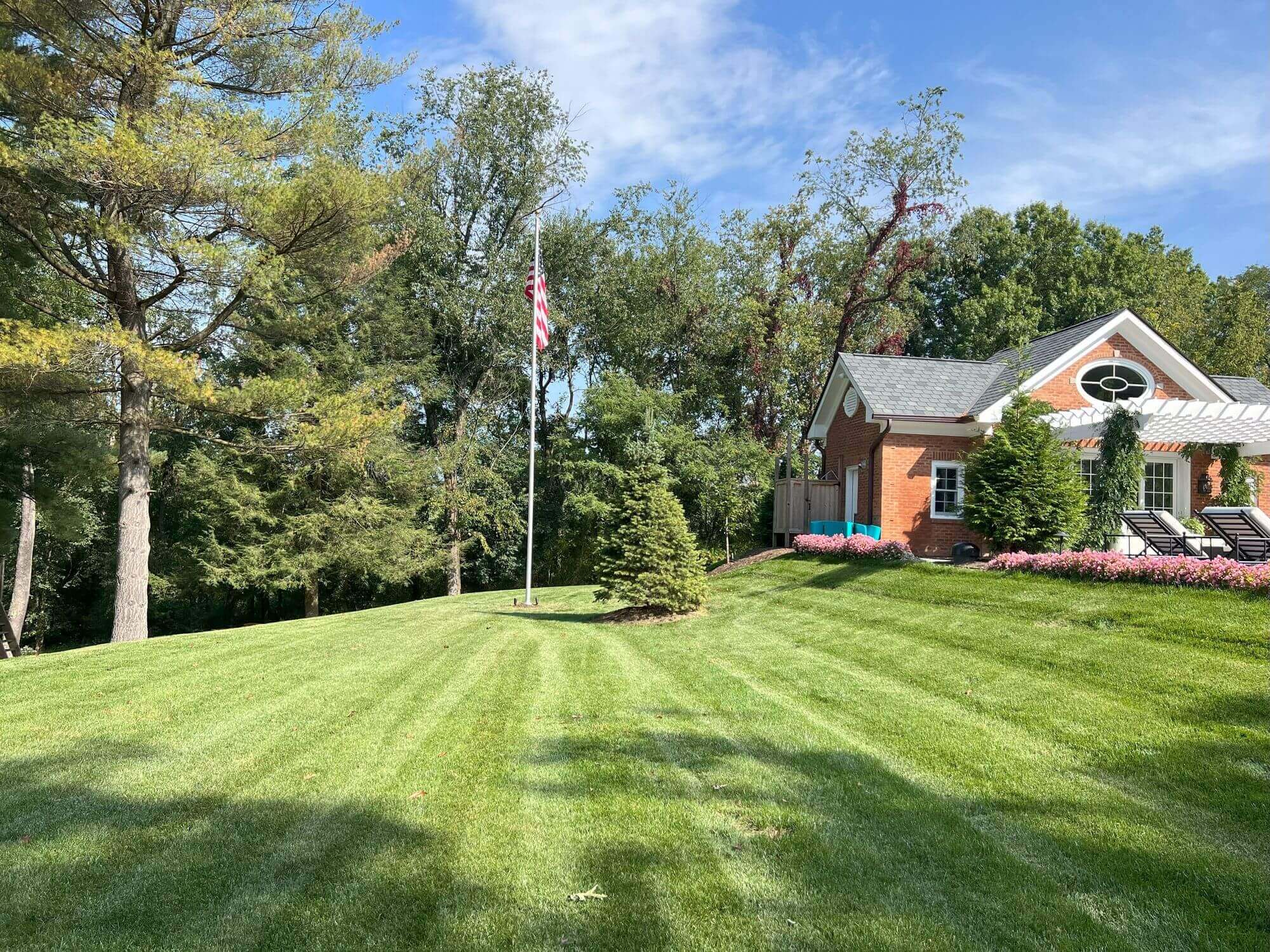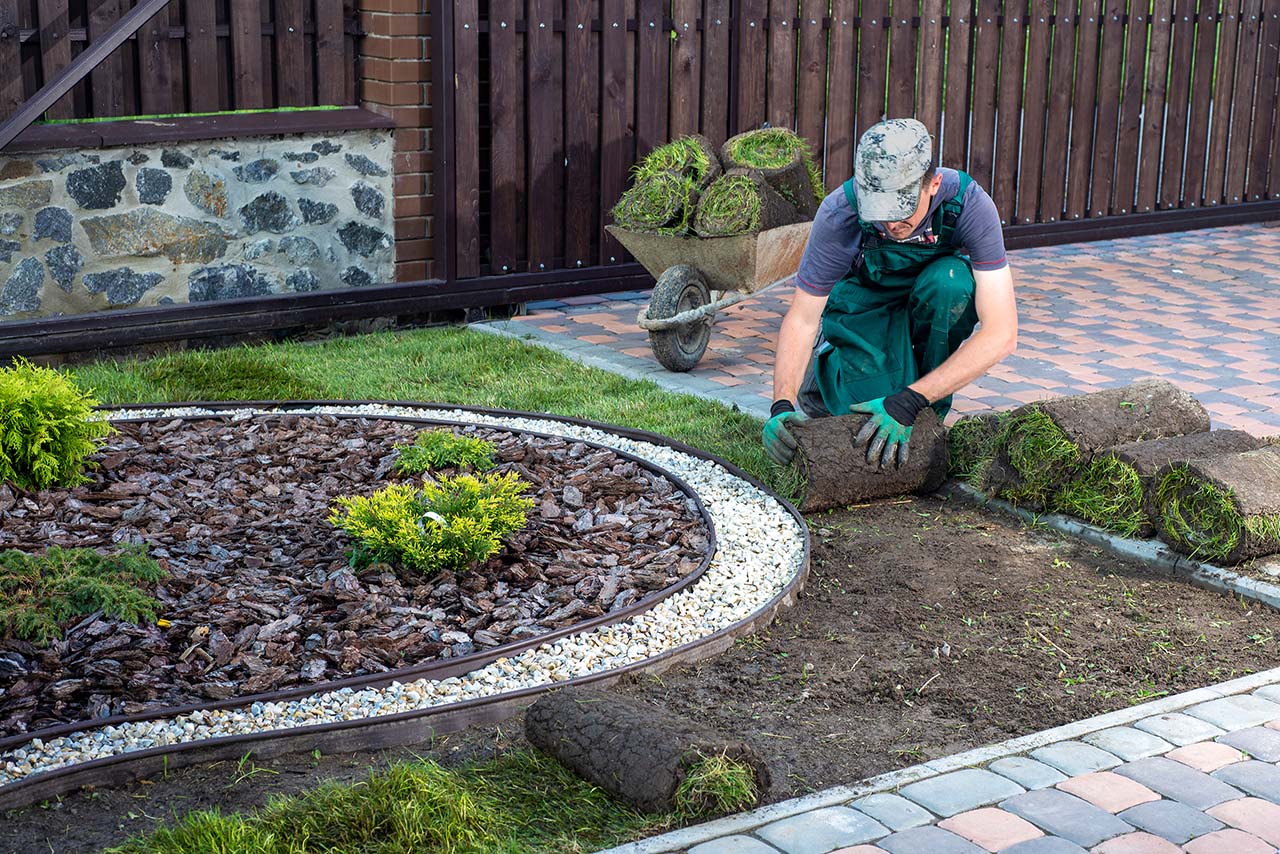Lawn Mowing

The Principles of Professional Lawn Mowing
Professional lawn mowing is a cornerstone of any successful landscape maintenance program and a critical factor in determining the overall health and aesthetic appeal of a turfgrass area. More than simply shortening the grass, this service is a skilled horticultural practice based on established principles designed to promote dense, healthy, and resilient turf.
The execution of a professional mowing service involves a collection of techniques that, when combined, contribute directly to the lawn’s ability to thrive. These practices focus on minimizing stress to the plant while encouraging strong growth, resulting in a more beautiful and durable lawn.
The Importance of Proper Mowing Height
Maintaining the correct mowing height is one of the most crucial aspects of lawn health. A guiding principle is the “one-third rule,” which dictates that no more than one-third of the grass blade’s length should be removed in a single cutting. Adhering to this rule and maintaining a taller overall grass height (typically 3-4 inches for most cool-season lawn types) provides significant benefits:
Deeper Root Growth: A taller blade has more surface area for photosynthesis, which generates the energy needed to grow a deeper, more robust root system. Deeper roots make the lawn more resilient to drought and heat.
Weed Prevention: A dense, taller canopy of grass shades the soil, which helps to prevent the germination and growth of invasive weeds like crabgrass.
Moisture Conservation: The shade provided by taller grass blades reduces water evaporation from the soil, keeping it cooler and more moist, which is essential during periods of summer heat.
The Critical Role of Blade Sharpness
The condition of the mower blades has a direct impact on the health of the lawn. A professional service ensures that mower blades are kept sharp and well-maintained.
A Sharp Blade makes a clean, surgical cut, allowing the grass blade to heal quickly with minimal stress.
A Dull Blade tears and shreds the grass, creating jagged wounds. This tearing action stresses the plant, causes excessive moisture loss, and creates numerous entry points for fungal diseases and pests. A lawn cut with a dull blade may appear to have a whitish or frayed brown cast a day or two after mowing.
Consistency and Pattern Variation
A regular mowing schedule, dictated by the rate of grass growth rather than a rigid calendar, is key to preventing stress on the turf. Consistent mowing ensures the one-third rule can always be followed.
Furthermore, varying the mowing pattern with each service is a standard professional practice. Continuously mowing in the same direction can cause the grass blades to lean, can create ruts in the soil from the mower wheels, and can lead to uneven soil compaction. By alternating patterns (e.g., vertical, horizontal, diagonal), the grass is encouraged to grow straight and upright, and soil compaction is minimized.
Managing Grass Clippings
The decision to either mulch or bag grass clippings is a strategic one based on the condition of the lawn.
Mulching: In most cases, it is highly beneficial to mulch the clippings by returning them to the lawn. These fine clippings decompose quickly, releasing valuable nitrogen and other nutrients back into the soil, acting as a natural fertilizer.
Bagging: There are specific situations where bagging the clippings is preferable, such as when the grass has grown too long, when a fungal disease is present, or to remove fallen leaves during the autumn.
Finishing Touches: Trimming and Edging
A complete mowing service includes meticulous detail work. After mowing the main areas, trimming is performed around all obstacles the mower cannot reach, such as trees, fences, and landscape beds. Finally, edging creates a clean, vertical line along all hard surfaces like walkways, patios, and driveways. These finishing touches are what create a sharp, clean, and definitively manicured appearance.

